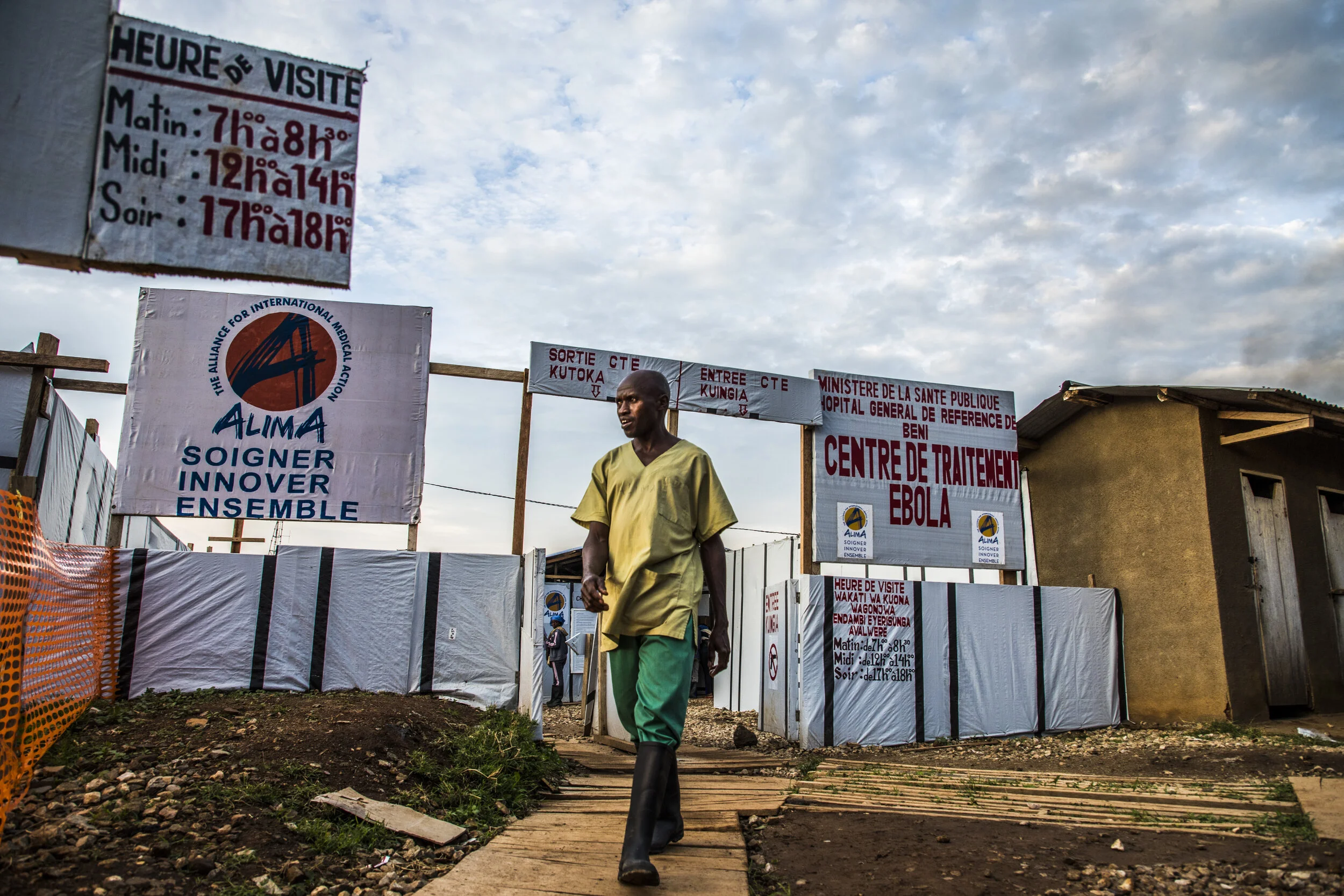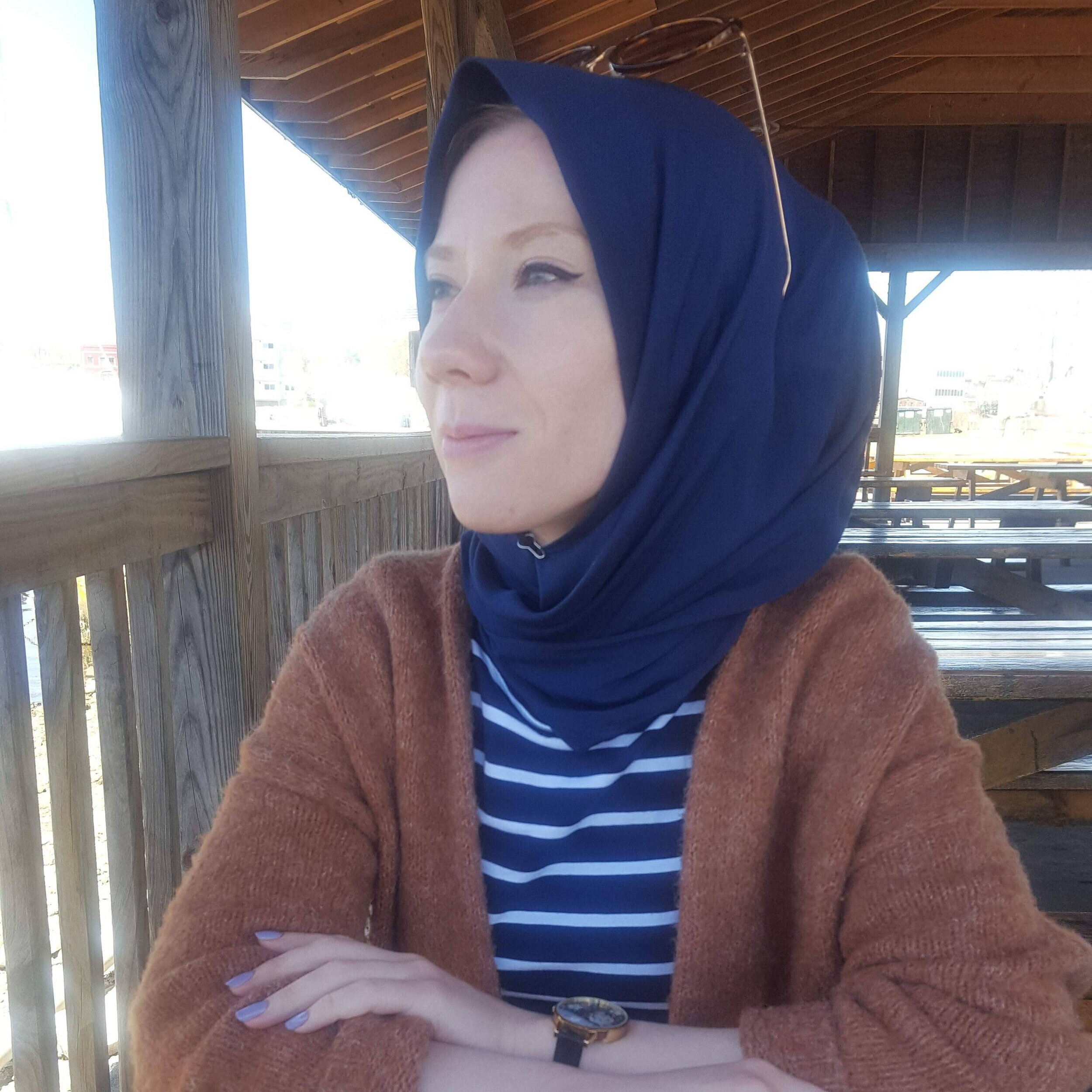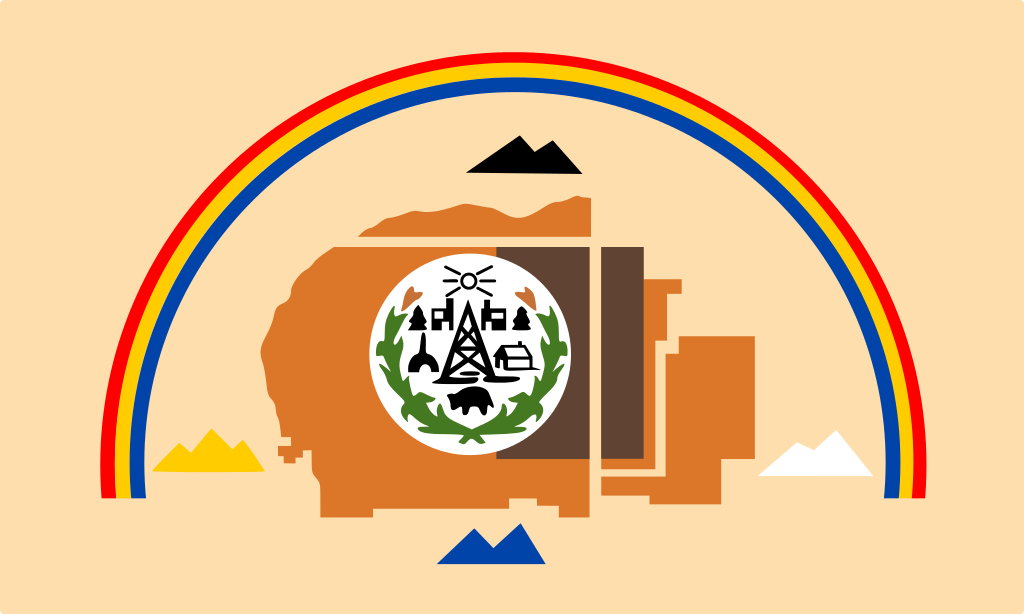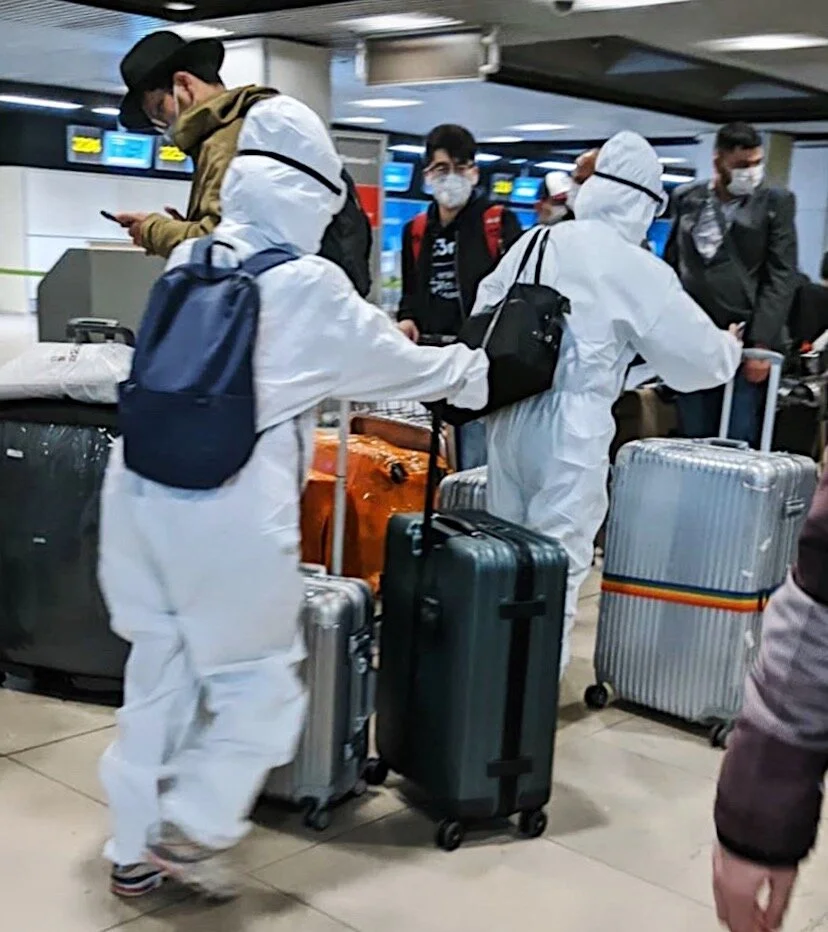On Aug. 27, the city council of Buenos Aires, Argentina, approved a new law that allows family members to maintain bedside vigils for patients dying of COVID-19. This comes after months of strict government-imposed lockdown measures which had drawn criticism and protests by citizens.
The new policy, known as “the Law of the Right to a Final Goodbye,” allows one family member of a patient dying of COVID-19 between the ages of 18 and 60 to maintain a bedside vigil with the patient, as long as they themselves are not pregnant or have preexisting medical conditions.
According to a press release from the Buenos Aires city council’s website, “the Plan of Accompaniment for patients infected with COVID-19 in an end-of-life situation [has the goal that] patients will be accompanied virtually or in-person, depending on their circumstances, by a person from their family environment.”
Sign up for our newsletter here!Juan Facundo del Gaiso, one of the legislators who voted for the law to be implemented, expressed his support for the new policy on Twitter in Spanish.
“Today we approved in [the city council] the first law in the country for the right to say goodbye,” del Gaiso tweeted. “As of today patients in critical condition can be accompanied by their [family members, out of] respect for the life and dignity of each person.”
Other cities across the country are currently looking toward the Buenos Aires law to find ways to ease tensions within their own communities, as protests have continued throughout the pandemic in response to the government’s strict quarantine regulations.
Sign up for our newsletter here!Argentina imposed a mandatory lockdown on March 20. This initially saw success, as throughout the first months of the pandemic the country had significantly lower numbers of cases compared to neighboring Chile and Brazil. However, cases continued to climb as the country considered easing restrictions, resulting in a prolonged lockdown which has lasted more than 160 days.
According to Rosendo Fraga, a political scientist based in Buenos Aires, a lot of the resentment toward the government’s restrictions is due to the psychological effects caused by the prolonged lockdown.
“People are at the end of their ropes; they are in trouble and they just cannot go on any longer,” Fraga said in an interview with Deutsche Welle. “President Alberto Fernandez's government simply underestimated the psychological damage such a long period of isolation would have on people.”
Sign up for our newsletter here!Much of this uncertainty dates back to long before the pandemic began. Over the past several decades, Argentina has faced several instances of hyperinflation, ending 2019 with an inflation rate of 53.8%, the highest in the past 28 years. In the same year, 25.6 percent of the country’s population was living in poverty.
According to Ana Ines Navarro, the director of the economics department at Austral University in Buenos Aires, this current socioeconomic crisis differs from prior ones on account of the country’s pandemic response.
“The serious problem that Argentina has at the moment is the closure of businesses,” Navarro said in an interview with Foreign Policy magazine. “It’s the number of companies that have stopped producing, or that can’t produce because they’re not yet operational, and that are unlikely to reopen after the quarantine. Then you are going to find, after the quarantine, a very worrying landscape from the point of view of the generation that is looking for employment.”
Sign up for our newsletter here!President Alberto Fernandez had originally stated earlier this summer that lockdown restrictions would be loosened on Sept. 1. However, on Aug. 28 President Fernández extended most restrictions until Sept. 20.
As of Aug. 3, Argentina has had 439,172 cases of COVID-19, the 10th-highest number in the world and the third-highest in South America. The majority of cases have been in and around Buenos Aires, which has a metropolitan population of over 15 million.
Jacob Sutherland
Sign up for our newsletter here!is a recent graduate from the University of California San Diego where he majored in Political Science and minored in Spanish Language Studies. He previously served as the News Editor for The UCSD Guardian, and hopes to shed light on social justice issues in his work.













































